A pocket-sized city terrace extension and a multigenerational riverside property inspired by a country shed are among the innovative dwellings shortlisted in the sustainability category of the Houses awards, Australia’s premier residential design prize. This year’s five-panel jury noted a number of new sustainable design trends, including a move towards net-zero housing, abodes that accommodate adult children, innovative multi-use spaces for working from home, a growing appreciation for restoring dated dwellings and inspired designs for downsizers and elderly occupants.
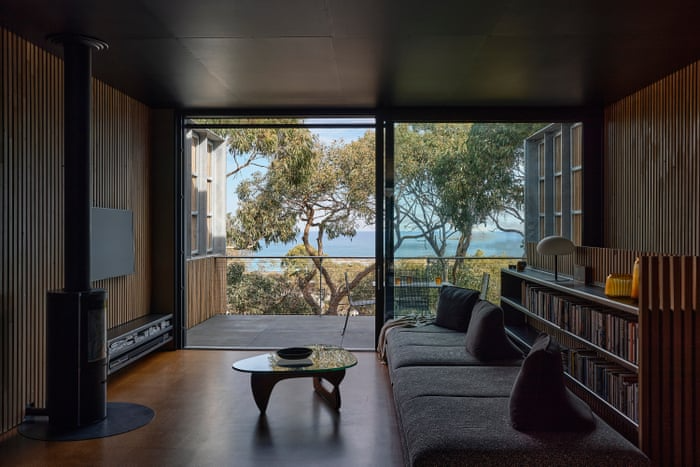
Passive House – Anglesea, Victoria, by Zen Architects
This double-storey 200 sq metre home looks out on to Point Roadnight beach. Set on a 1,165 sq metre property, the exterior emulates the mature trees on the site, featuring vertical timber screening, reclaimed turpentine and steel. The house is occupied by a senior couple who were looking to downsize and age in place.
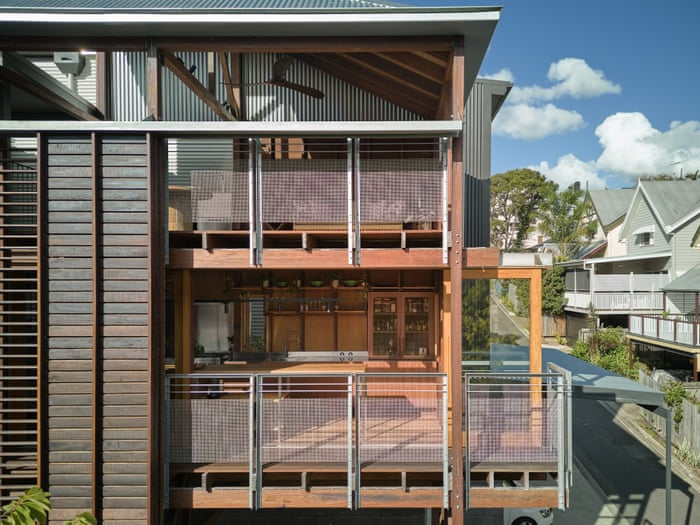
Verandah Terraces – Petrie Terrace, Queensland, by Phorm Architecture and Design
This reworking of a pre-1900s Queenslander cottage navigates the steep typography like an iceberg, with three storeys that drape down to a rear laneway. A retractable two-storey hardwood screen wall shields against the afternoon sun.
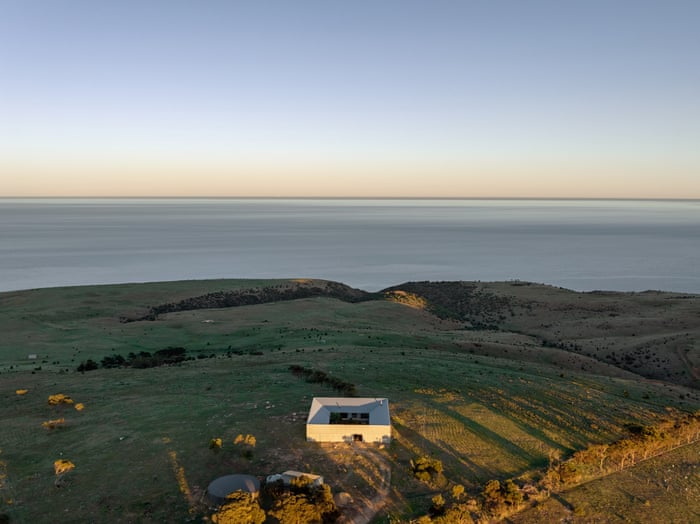
Carrickalinga Shed – Carrickalinga, South Australia, by Architects Ink
This former dairy farm sits on a hilltop along the Fleurieu Peninsula. The home is an interpretation of an Australian federation farmhouse, and all rooms look out to both distant views and the Roman-inspired central courtyard, which offers a reprieve from the wind. Corrugated iron clads the exterior walls and shutters.
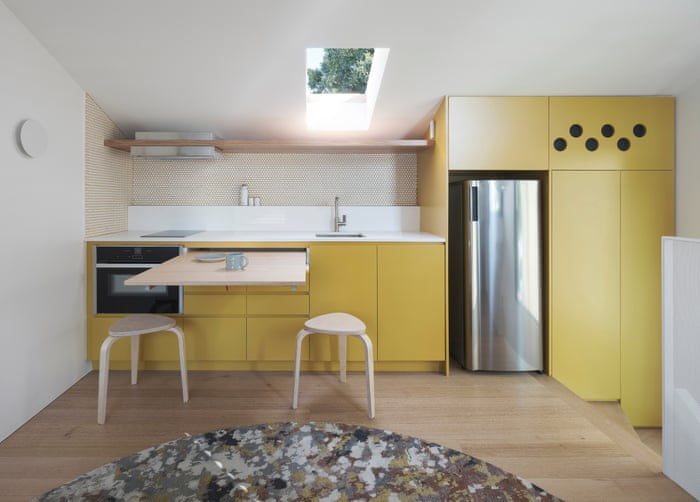
Pocket Passive – Glebe, NSW, by Anderson Architecture
This 27 sq metre two-storey studio home is tacked on the end of a terrace house in inner Sydney. The designer has taken a small plot of unused urban land and built a high-performance Passivhaus home. This photo shows the upstairs kitchen and living area.
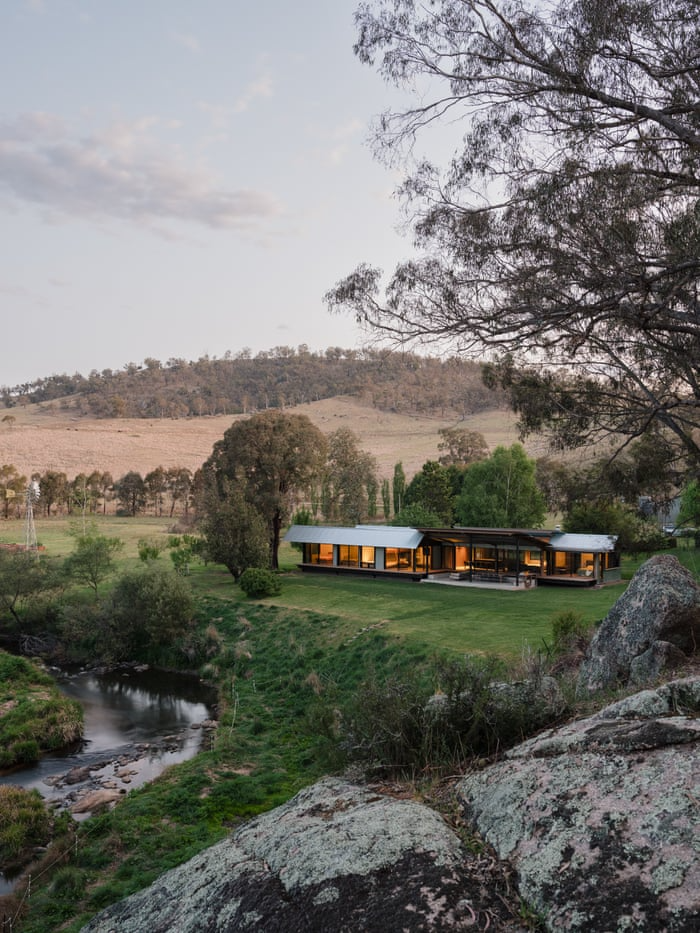
Fish River House – Mount Olive, NSW, by Incidental Architecture
With corrugated steel and hardwood used throughout, this property is a nod to the country shed, with good insulation, cross-ventilation and water resistance integral to the design. Four generations live here, though a third of the home can be closed off when fewer people are in residence to save on heating and cleaning.
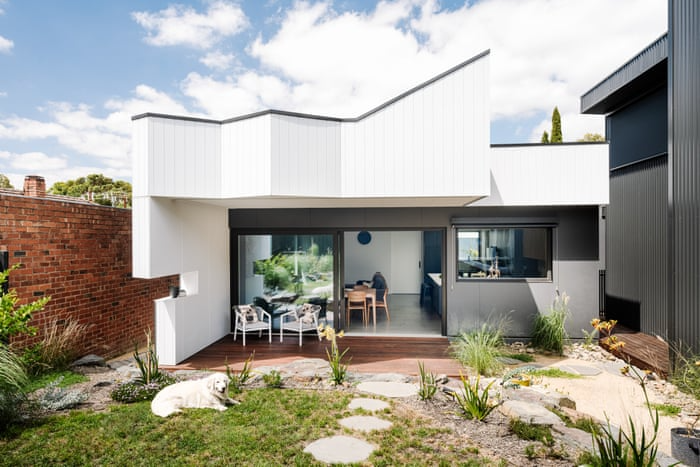
Passive Pleat – Rosanna, Victoria, by Studio Fang
This single-storey Passivhaus dwelling faces a train line and reserve in Melbourne’s north-east, with acoustically insulated glazing to help block out noise. The burnished concrete floor works well with a messy toddler and large dog, while the striking white sawtooth facade and landscaping makes the house stand out on the suburban street
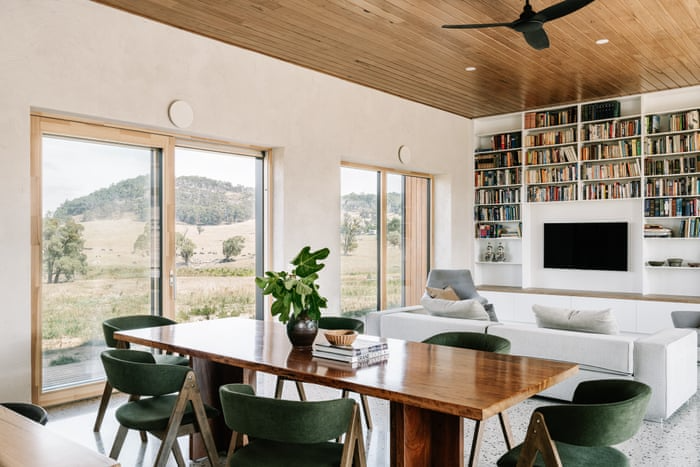
Huff’n’Puff Haus – Strathbogie Ranges, Victoria, by Envirotecture
This bushfire-resistant, 171 sq metre straw bale Passivhaus is net-zero carbon and enjoys 360-degree views. Every room has outdoor access, making it feel much larger and more connected with the landscape.
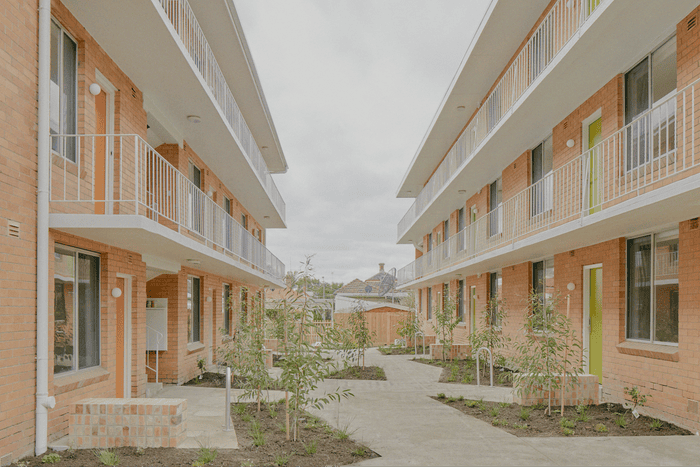
Park Street by Milieu – Brunswick, Victoria, by Breathe
This 1970s apartment building has been resourcefully retrofitted to provide much-needed rental housing in Melbourne’s inner north. The one-bedroom apartments have new all-electric efficient heating and cooling systems, cork flooring that replaces vinyl, wool carpet in bedrooms and water-efficient fixtures in bathrooms.

Draped House – Chatswood, NSW, by Trias
Using passive design principles while protecting heritage-listed gumtrees, this 129 sq metre three-bedroom dwelling is an alternative model for the Australian suburban home, with a flexible plan that suits multigenerational living. The house sits in the residents’ grandfather’s backyard, which was subdivided into developable land.
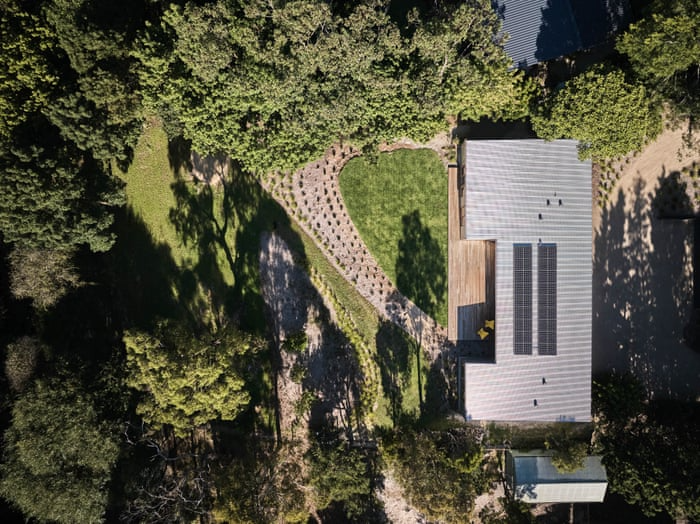
Sweetwater House – Frankston South, Victoria, by Christopher Botterill and Jackson Clements Burrows Architects
Dual entry points allow for the changing needs of two teenage children and visits from family interstate. An open-plan living room and kitchen overlooks Sweetwater Creek to the north, beyond a generous deck and a small orchard.
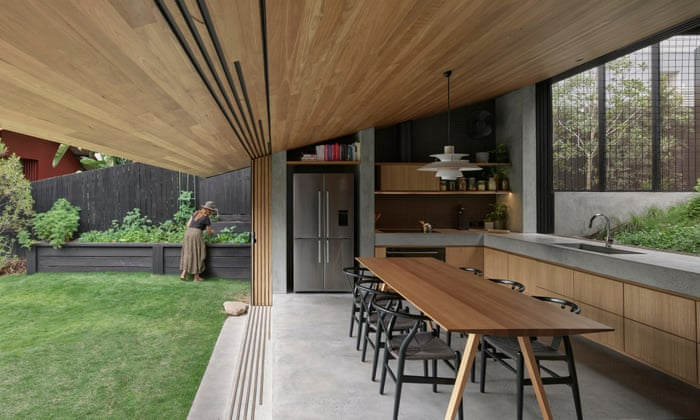
Niwa House – Highgate Hill, Queensland, by John Ellway
Named for the Japanese word for garden or yard, this renovated early 1900s timber Queenslander looks out on to a pool and back yard that has been replanted to provide a refuge for local wildlife. Insects and security are managed with delicate bronze mesh to allow the family to open up securely for year-round natural ventilation.
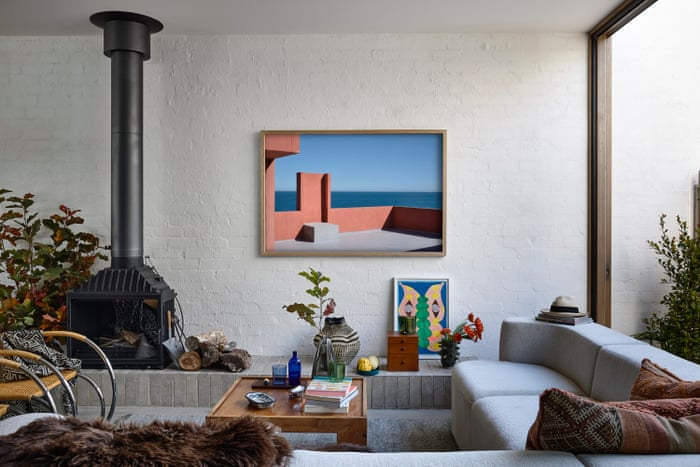
57 Martin Street – Thornbury, Victoria, by Neometro
Just moments from the shops on High Street, these six architecturally designed three-bedroom townhouses are guided by passive design principles and were built using concrete, terracotta and timber. The light-filled interiors have high ceilings and thermally efficient windows, while large glass sliding doors look out on to private gardens featuring drought-tolerant plants that are irrigated using recycled rainwater.